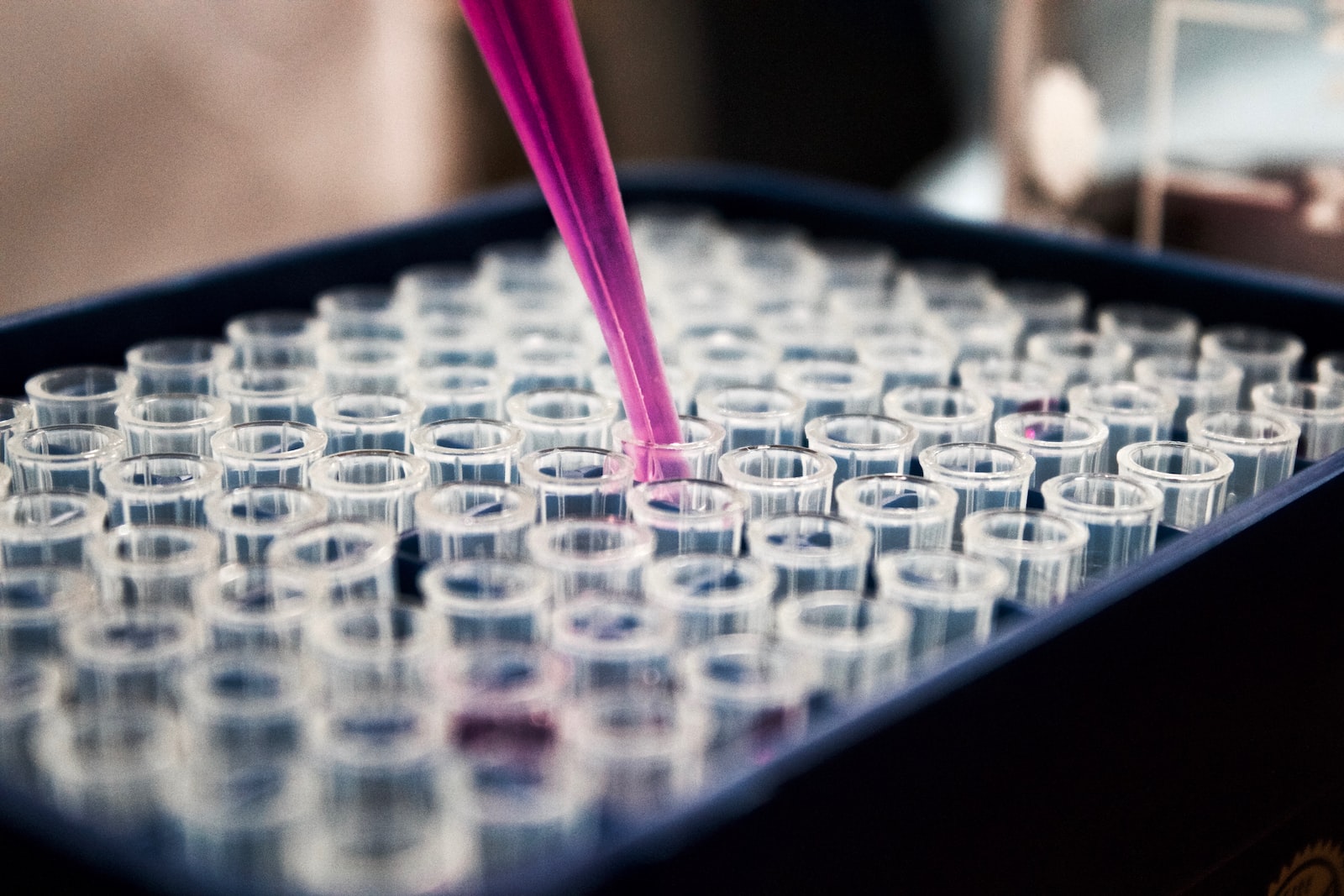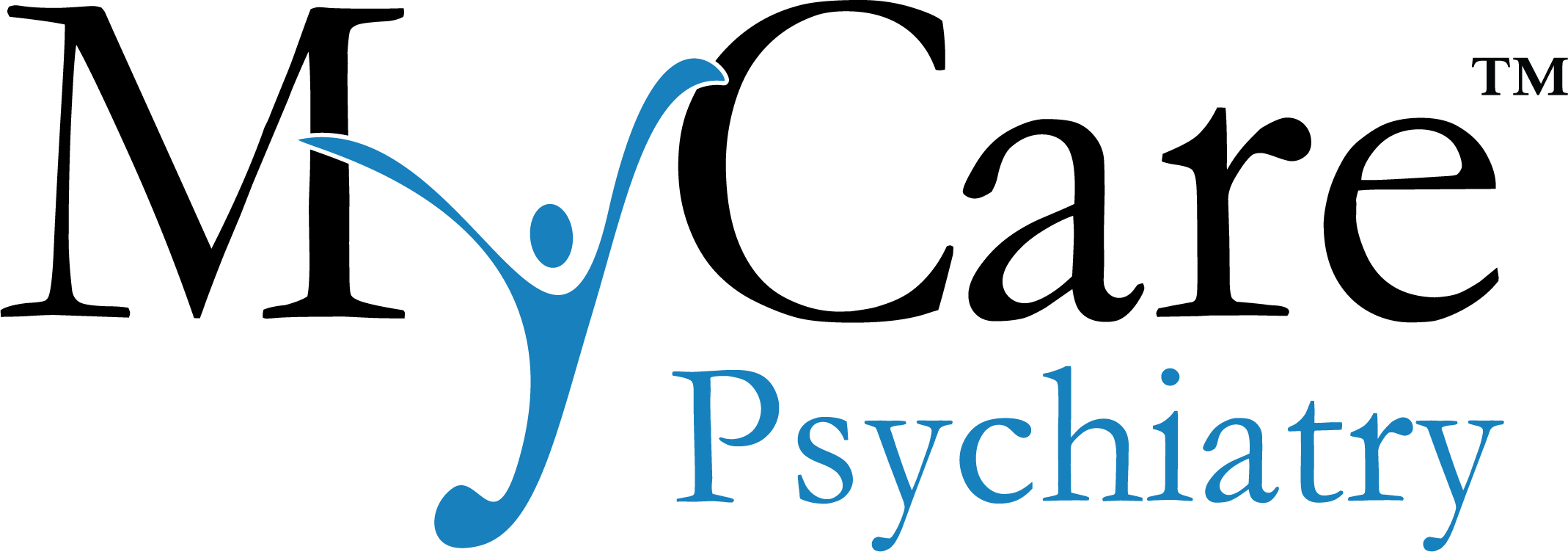Saladax Biomedical, Inc., a privately held company developing and commercializing novel diagnostic tests, today announced the publication (Joerger et al. Ann. Oncol. 27: 1895-1902, 2016) of a practice changing study that shows the benefits of measuring and adjusting the amount of chemotherapy in a patient’s blood to minimize neuropathy an often debilitating toxicity of paclitaxel. This process of measuring and adjusting drug doses to reach a target is commonly called Therapeutic Drug Monitoring (TDM). The report concluded that those patients whose paclitaxel treatment was measured and adjusted had reduced paclitaxel-associated neuropathy which improved the benefit-risk profile in patients with advanced NSCLC.
Chemotherapy induced peripheral neuropathy (CIPN) is a frequent and often debilitating side effect of some chemotherapy and is often the reason why patients drop out of treatment. It can cause severe pain or loss of feeling among other symptoms and become permanent. There is no treatment for this kind of neuropathy, which is why the results of the paclitaxel TDM study are so important. When patients received the right dose of paclitaxel, severe neuropathy was significantly reduced – by 78 percent. TDM of anticancer drugs can help reduce the toxicity in patients undergoing chemotherapy; which results in fewer trips to the hospital, fewer adverse effects, and an overall improved quality of life while undergoing treatment.
“The implications of these findings are far-reaching,” said Salvatore Salamone,Ph.D. President and CEO of Saladax. “We’ve long known that giving cancer patients the right dose of chemotherapy is critical to better outcomes and lower toxicity. We will not fully achieve the promise of personalized medicine unless we are able to dose drugs properly – TDM gets us closer.”
Currently, most cancer patients are administered chemotherapy based on Body Surface Area (BSA). This method dates back to 1916 and is not consistent with current scientific knowledge. The BSA, one-size-fits-all, way of dosing cancer patients is inaccurate and leads to a great deal of variability. Too much drug can lead to adverse side effects while too little may be ineffective in treating the cancer. Dosing that is closely measured through a simple blood test will tell the oncologist what is happening to the drug in a specific patient so that the dose can be adjusted to the right level.. Getting the dose just right in each patient is what TDM is all about.
“More and more studies are being reported that show the benefits TDM and we hope that more oncologists will use this tool a to improve patient care” added Dr. Salamone. “This study demonstrated the superiority of individualized patient dosing compared to standard dosing methods.”



